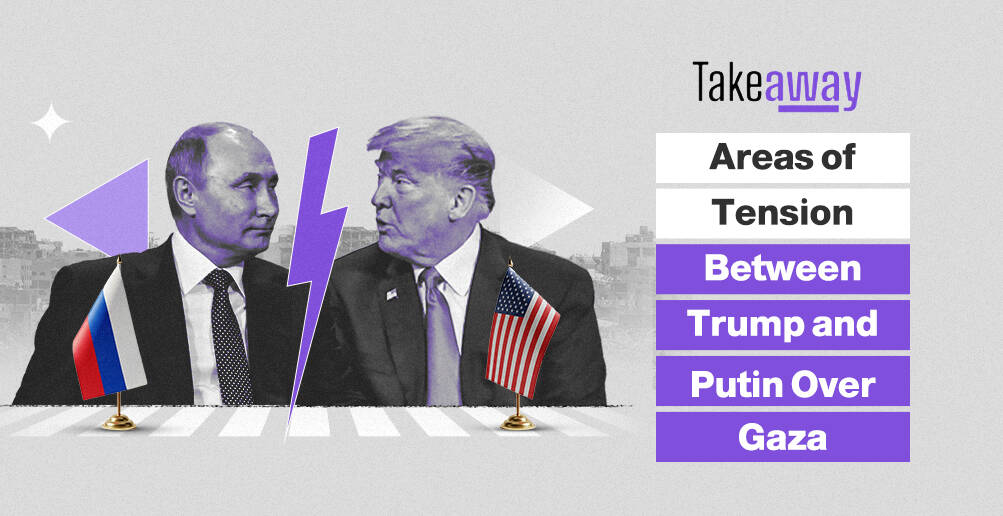Washington's Offering to Kyiv: What's the Danger of Depleted Uranium Shells?

The United States continues to support Ukraine in countering Russian attacks with more effective weaponry. This time, President Joe Biden’s administration has decided to provide Kyiv with penetrator ammunition containing depleted uranium for the first time.
While ammunition of this kind can assist in destroying Russian tanks on the intense battlefields of Ukraine, the International Coalition to Ban Uranium Weapons (ICBUW) warns of serious health risks associated with ingesting or inhaling depleted uranium dust, including cancer and birth defects.
Depleted Uranium
Depleted uranium (DU) is a byproduct of the uranium enrichment process and is used in ammunition because of its high density, which gives projectiles the ability to easily penetrate armor layers and self-ignite, producing a cloud of burning dust and metal.
A document seen by Reuters, the content of which was separately confirmed by U.S. officials, indicated that Washington would send penetrator ammunition containing depleted uranium to Ukraine for the first time.
One U.S. official stated that the value of the new aid package would range between $240-375 million, depending on its content.
The officials added that the package’s value and contents have not been finalized yet.
While the UK sent ammunition containing depleted uranium to Kyiv in March 2023, the United States’ shipment of such ammunition may reignite controversy.

The use of depleted uranium ammunition sparks significant controversy, with opponents such as the International Coalition to Ban Depleted Uranium Weapons warning of serious health risks associated with ingesting or inhaling depleted uranium dust, including cancer and birth defects.
The idea of using depleted uranium in shells dates back to Nazi Germany. In 1943, Albert Speer, the minister of Armaments and War Production in Nazi Germany (German Reich), hoped to use radioactive materials to replace tungsten, a key component in tank shells that was in short supply.
There is no conclusive evidence that the Third Reich succeeded in manufacturing depleted uranium shells.
However, the United States developed the technology to create “armor-piercing” ammunition with depleted uranium in the 1970s.
Numerous studies have shown that depleted uranium is less radioactive than enriched uranium because it contains fewer isotopes.
Depleted uranium is waste material resulting from the uranium enrichment process for use in nuclear power plants and nuclear weapons. Later, depleted uranium is stripped of much of its radioactive material, but not all of it, for use in weapons. It can also be used to enhance the armor coating on tanks.
For example, depleted uranium shells become more potent upon impact, increasing their ability to penetrate armor and igniting upon contact.
This enables Ukrainian tank crews engaged in anti-Russian operations to fire on enemy targets from greater distances, reducing their exposure to return fire.
Deadly Weapon
Depleted uranium makes weapons more powerful and deadly, but it may pose a danger to local soldiers and civilians.
When ammunition made from depleted uranium hits a target, the uranium turns into dust that can be inhaled by soldiers near the explosion site.
The wind can then carry the dust to surrounding areas, leading to the contamination of local water and agriculture.
Armor fragments and old ammunition pose a threat as well, especially to local children who play with tanks and other military equipment made from depleted uranium.
The UK Ministry of Defence says that depleted uranium missiles were developed by the United States and the United Kingdom in the 1970s.
They were first used in the Gulf War in 1991, then in Kosovo in 1999, and during the invasion of Iraq in 2003.
In former Yugoslavia, the use of depleted uranium shells led to a major scandal, with illnesses and deaths among military personnel from units that used this kind of shells. This phenomenon was known as the “Balkans Syndrome.”
Depleted uranium-containing shells have been listed among the potential causes of the Gulf War Syndrome, which refers to health problems that affected veterans who participated in the Gulf War in 1991. However, this hypothesis has not been scientifically proven.
The United States has also confirmed its use of depleted uranium shells in airstrikes on November 16, 2015, near the Syrian city of al-Bukamal, at the border with Iraq, during the battles against ISIS, despite its earlier commitment not to do so.
At that time, the U.S. airstrikes were part of Operation Tidal Wave II, an operation aimed at disrupting the infrastructure relied upon by ISIS for selling millions of dollars’ worth of oil in northeastern Syria.
Initially, the tankers were hit with larger munitions before the smaller caliber 30mm ammunition ignited the tankers.
A U.S. official told the Associated Press in March 2023 that Russia also possesses depleted uranium weapons, although it is not known whether they have used them in the invasion of Ukraine or not.
Marina Miron, a professor at King’s College London, explained that depleted uranium shells are not intended to poison people. They are used because of their ability to penetrate armor, according to a BBC report on March 23, 2023.
From a Health and Environmental Perspective
The United Nations Environment Programme states that air, soil, water, and plants can become contaminated and affected by remnants of depleted uranium.
Therefore, the United Nations General Assembly ordered a review of the health effects of depleted uranium weapons in 2007, and international bodies have conducted several other reviews.
However, the International Atomic Energy Agency states that there may be a risk of radiation exposure for individuals handling remnants of depleted uranium munitions.
A study published in the Environmental Pollution journal in 2019 suggests a potential link between the use of depleted uranium weapons and birth defects in the city of Nasiriyah, Iraq.
A report by the United Nations Environment Programme for 2022 expressed concern about the possible use of depleted uranium in Ukraine, warning that it could cause skin irritation, kidney failure, and an increased risk of cancer.
The lobby associated with the International Coalition to Ban Depleted Uranium Weapons argues that depleted uranium poses a long-term health threat to both civilians and military personnel alike.
Therefore, some argue that prioritizing military necessity over human life, in the absence of a treaty banning depleted uranium, has allowed countries like the United States to justify its use.
The UK Ministry of Defence insists that the depleted uranium shells it sends to Ukraine are not prohibited under any international agreement.
However, the International Atomic Energy Agency states that there is no evidence that depleted uranium poses a confirmed cancer risk despite its potential to be a carcinogen.
Under Article 36 of the 1977 Additional Protocol to the 1949 Geneva Conventions, depleted uranium shells possessed by the United Kingdom can be legally used in international armed conflicts.
The United Nations Sub-Committee on the Promotion and Protection of Human Rights adopted proposals in 1996 and 1997 to include weapons containing depleted uranium in the category of weapons of mass destruction that have indiscriminate effects and cause excessive damage or unnecessary suffering.
The UN body also urged all countries to reduce the production and proliferation of such weapons.

The International Coalition to Ban Depleted Uranium Weapons has repeatedly requested the United Nations to ban the production and use of weapons containing depleted uranium for military purposes, but France and the UK have consistently opposed this initiative.
While depleted uranium shells are not considered nuclear weapons, their low-level radiation emissions have prompted the International Atomic Energy Agency, a United Nations agency, to caution against handling and warn of potential exposure risks.
In response to a written question from a UK Parliament member about the UK’s supply of depleted uranium-containing shells to Ukraine in March 2023, Assistant Minister of Defence Annabel Goldie stated that these munitions are highly effective for destroying modern tanks and armored vehicles.
She further stated that these shells are intended for use by Challenger tanks that London intends to supply to Kyiv.
At that time, NATO Secretary-General Jens Stoltenberg rejected Russian complaints about the UK’s announcement that it planned to send shells containing depleted uranium to Ukraine, emphasizing that members follow international rules and international law in everything they do to support Ukraine.













